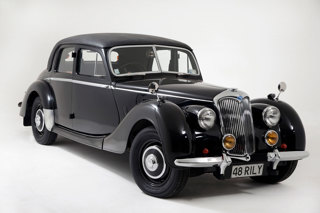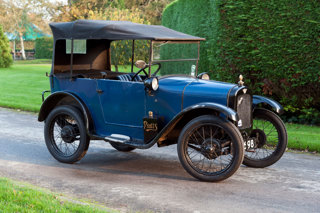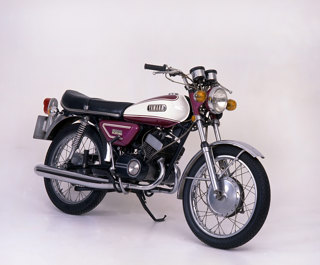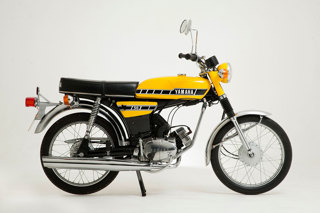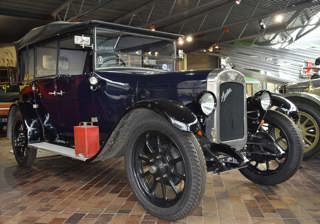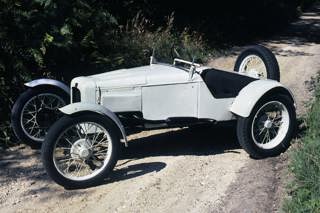Rover P4
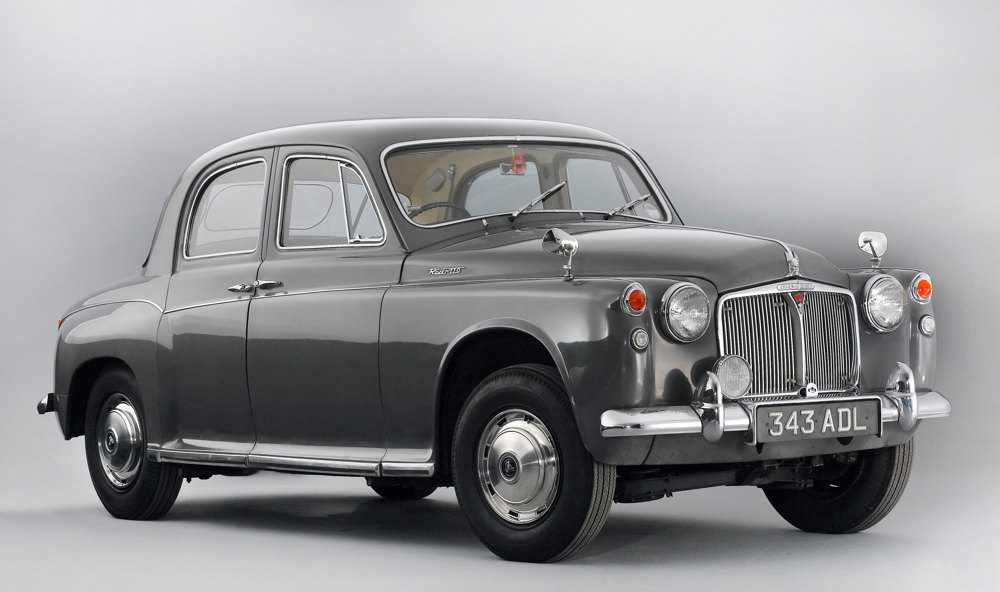
Key facts
-
Year
1963
-
Country
Great Britain
-
Capacity
2,625cc
-
Cylinders
In-line 6
-
Valves
Overhead
-
Output
123hp @ 5,000rpm
-
Maximum speed
100mph/160.98kph
-
Price new
£1,381
-
Owner
National Motor Museum Trust
-
Manufacturer
The Rover Co. Ltd
Affectionately nicknamed ‘Auntie Rover’, the P4 series was introduced in September 1949 with the 2,103cc, six-cylinder 75. It built on Rover’s reputation for solid, reliable, saloon cars and was developed into a successful range. 130,000 P4s of all models were produced over a fourteen-year period. They were available with six different sized four- and six-cylinder engines in eight models. The six-cylinder 110 and the less powerful 95 were the final versions, made from 1962 to 1964.
Although the Rover P4 is now seen as traditionally British and rather unexciting, it actually created something of a stir when launched. The inspiration for the new model’s styling came from the Studebakers designed by Raymond Loewy. Rover’s Managing Director Spencer Wilks was impressed by these American cars and had a 1948 Studebaker body mounted on a prototype P4 chassis during trials.
A refined, unostentatious saloon with excellent manners
View more

Subscribe for updates
Get our latest news and events straight to your inbox.
